UMAP
UMAP, or Uniform Manifold Approximation and Projection, is a powerful dimensionality reduction technique widely used in data analysis and visualization. It excels at transforming high-dimensional data into lower-dimensional representations while preserving the underlying structure and relationships within the data. UMAP operates by learning the manifold structure of the data in high-dimensional space and then mapping it to a lower-dimensional space, typically two or three dimensions. This makes it particularly useful for exploratory data analysis, clustering, and visualizing complex datasets, allowing researchers to uncover patterns and insights that may not be immediately apparent in higher dimensions.

Biologists, stop putting UMAP plots in your papers
The UMAP craze in singe cell RNA-Seq Single-cell RNA sequencing (scRNA-seq) has become one of the most widely used technologies in basic biology. With the rise of scRNA-seq, the use of UMAP has becom...
📚 Read more at Simply Statistics🔎 Find similar documents
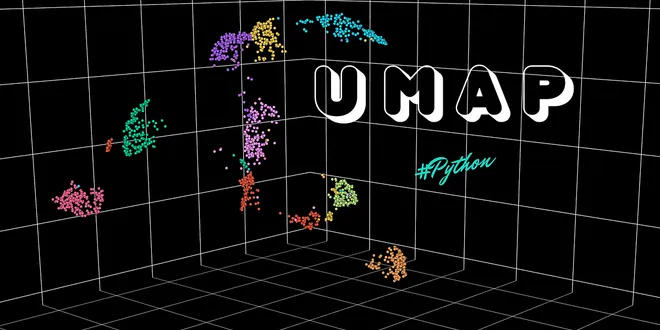
UMAP Dimensionality Reduction — An Incredibly Robust Machine Learning Algorithm
How does Uniform Manifold Approximation and Projection (UMAP) work, and how to use it in Python
📚 Read more at Towards Data Science🔎 Find similar documents

On the Validating UMAP Embeddings
There is not a large body of practical work on validating Uniform Manifold Approximation and Projection (UMAP). In this blog post, I will show you a real example, in hopes to provide an additional…
📚 Read more at Towards Data Science🔎 Find similar documents
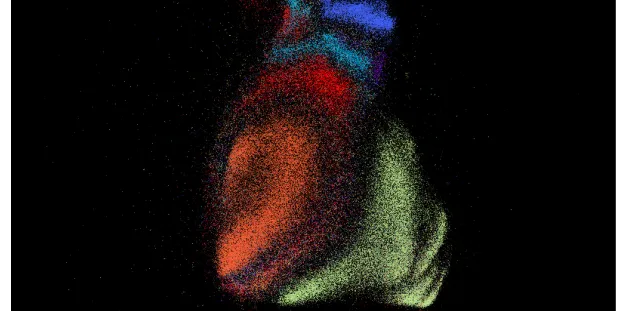
How to Analyze 100-Dimensional Data with UMAP in Breathtakingly Beautiful Ways
Learn to reduce dimensionality and visualize 100-dimensional datasets with UMAP by creating point clouds and connectivity plots and really "see" your data.
📚 Read more at Towards Data Science🔎 Find similar documents

How to Use UMAP For Much Faster And Effective Outlier Detection
Let’s catch those high-dimensional outliers Continue reading on Towards Data Science
📚 Read more at Towards Data Science🔎 Find similar documents
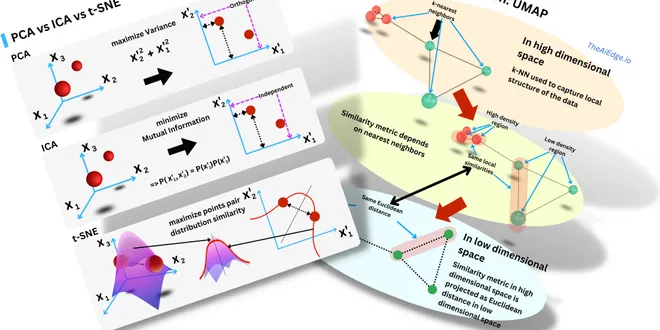
The AiEdge+: T-SNE and UMAP - Dimensionality Reduction
If you want to impress your friends at Data Science dinner parties with beautiful plots, t-SNE and UMAP are the way to go! These are significant dimensionality reduction techniques widely used in data...
📚 Read more at The AiEdge Newsletter🔎 Find similar documents
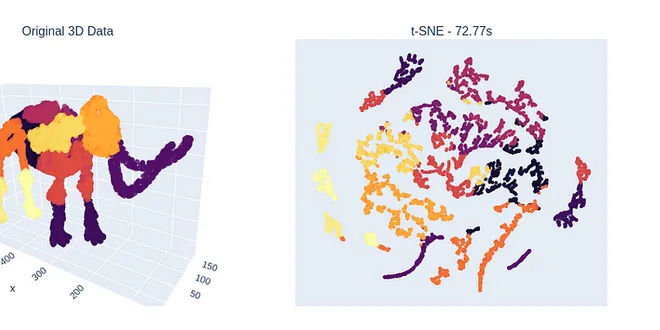
Why you should not rely on t-SNE, UMAP or TriMAP
Dimensionality reduction techniques such as t-SNE¹, UMAP², and TriMap³ are ubiquitous within the field of data science, and given their impressive visual performance (combined with ease of use), they…...
📚 Read more at Towards Data Science🔎 Find similar documents

Enum Map
Introduction Java EnumMap class is the specialized Map implementation for enum keys. It inherits Enum and AbstractMap classes. the Parameters for java.util.EnumMap class. K: It is the type of keys mai...
📚 Read more at Essential Java🔎 Find similar documents
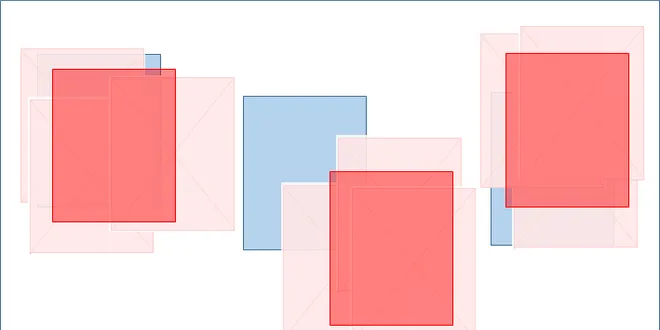
Implementation of Mean Average Precision (mAP) with Non-Maximum Suppression (NMS)
implementing NMS and mAP
📚 Read more at Towards Data Science🔎 Find similar documents
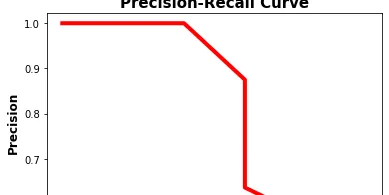
Precision Beyond Pixels: mAP Unveiled for Object Detection Assessment
To evaluate the performance of object detection models such as R-CNN and YOLO, the mean average precision (mAP) metric is commonly employed. mAP measures how well these models perform by comparing gro...
📚 Read more at Python in Plain English🔎 Find similar documents

